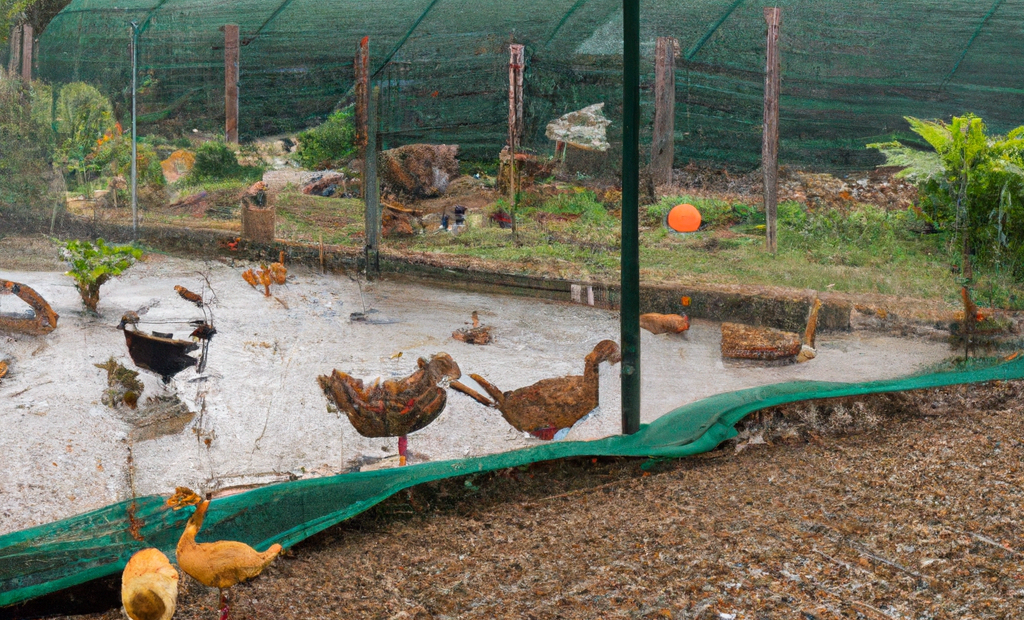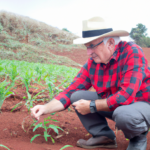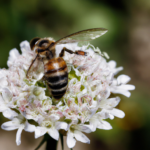This section highlights the crucial role of auxiliary fauna in organic farming, helping to control pests and diseases, improve soil quality and biodiversity, and reduce the use of chemical fertilizers and pesticides. Biofertilizers and auxiliary fauna offer sustainable and efficient alternatives to chemical fertilizers, improving agricultural productivity and soil health, and contributing to the production of healthier and more sustainable agricultural products.
Organic farming has become a highly relevant topic today due to its potential to improve soil health, increase biodiversity, and reduce dependence on chemical inputs. Among its various strategies, the implementation of auxiliary fauna has proven to be an essential component for agricultural success. This article explores in depth how auxiliary fauna, in conjunction with the use of biofertilizers, can improve the efficiency and sustainability of agricultural systems. We will address their role in improving organic farming, and how these organisms can enhance the effectiveness of agricultural products. Through a case study, we will illustrate how the proper application of these concepts can result in tangible successes. Throughout the article, we will discuss the importance of these elements and how their integration is crucial to moving towards a more environmentally friendly agriculture. Keywords: fertilizers, organic farming, biofertilizers, agricultural products.
- 1. "The Role of Auxiliary Fauna in the Improvement of Organic Farming"
- 2. "Case Study: Using Biofertilizers and Auxiliary Fauna for Agricultural Success"
- 3. "Agricultural Products: How Auxiliary Fauna Enhances the Effectiveness of Fertilizers"
- 4. "The Importance of Auxiliary Fauna in the Implementation of Organic Farming Techniques"
1. "The Role of Auxiliary Fauna in the Improvement of Organic Farming"
Auxiliary fauna plays a crucial role in improving organic farming, acting as an important biological control agent. These organisms, often insects, birds, reptiles and amphibians, contribute significantly to the reduction of pests and diseases in crops. In this way, they reduce farmers' dependence on chemical fertilizers and pesticides, offering a more sustainable and environmentally friendly alternative. Furthermore, the introduction of auxiliary fauna in agricultural fields can improve soil quality and increase biodiversity, creating a more balanced and resilient ecosystem. In this sense, the use of products for organic farming, such as biofertilizers, can complement and enhance the action of auxiliary fauna, generating a more efficient and sustainable agricultural production system.
2. "Case Study: Using Biofertilizers and Auxiliary Fauna for Agricultural Success"
The case study on the use of biofertilizers and auxiliary fauna for agricultural success highlights how the adoption of organic farming methods can lead to promising results. The use of biofertilizers, which are agricultural products derived from living organisms, has proven to be a viable alternative to conventional chemical fertilizers, improving soil health and promoting stronger and healthier plant growth. Furthermore, the implementation of auxiliary fauna, such as beneficial insects and birds, can be an effective method of controlling plant pests and diseases without the need for chemical pesticides. This integrated approach is not only environmentally friendly, but can also lead to increased productivity and profitability in agriculture.
3. "Agricultural Products: How Auxiliary Fauna Enhances the Effectiveness of Fertilizers"
In the field of organic farming, the use of auxiliary fauna has proven to be an effective enhancer of fertilizers, increasing their efficiency and performance. The synergy between agricultural products and auxiliary fauna generates a positive feedback system, where the presence of certain insects and microorganisms improves the absorption and assimilation of nutrients provided by fertilizers and biofertilizers. This process not only optimizes crop productivity, but also contributes to the preservation of the soil, by improving its structure and water retention capacity, thus favoring the sustainability of the agricultural system. In short, the implementation of auxiliary fauna in organic farming is a strategy that enhances the effectiveness of fertilizers, providing a more integrated and sustainable approach to crop management.
4. "The Importance of Auxiliary Fauna in the Implementation of Organic Farming Techniques"
The importance of auxiliary fauna in the implementation of organic farming techniques is crucial, as these organisms play a fundamental role in maintaining and improving soil health. Instead of relying on chemical fertilizers, organic farming relies on auxiliary fauna and biofertilizers to nourish plants and improve soil structure. Auxiliary fauna organisms, such as earthworms, beneficial insects, and microorganisms, contribute to the decomposition of organic matter, the release of nutrients, and the suppression of pests. These natural processes result in healthier and more sustainable agricultural products, which are essential for food security and environmental protection.
This case study has conclusively demonstrated the relevance and significant impact that wildlife can have on organic farming. Through the use of biofertilizers and the implementation of wildlife, farmers can significantly improve the efficiency and effectiveness of their farming techniques, resulting in greater success in their production. Wildlife not only boosts the effectiveness of fertilizers, but also plays a vital role in improving the overall health of the agricultural ecosystem. Therefore, integrating wildlife into agricultural products should be considered as an essential strategy for any farmer looking to adopt greener and more sustainable farming practices. As more farmers adopt these methods, we can expect to see a significant positive impact on agriculture globally.


